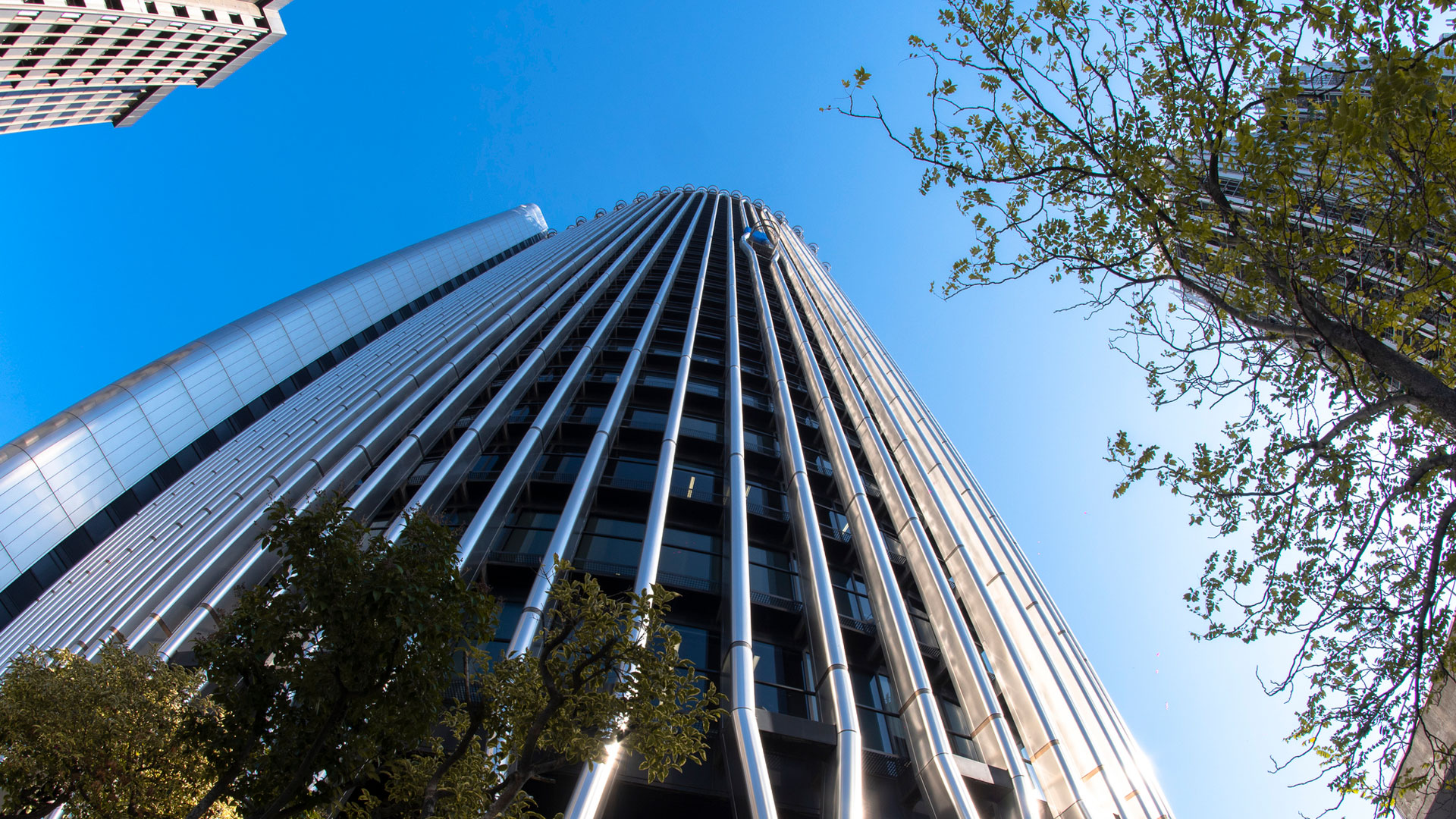04.07.2017 | Researchers are working on innovative wind power plants
Producing power with kites
Man has been using wind power for a long time. In the early days the wind was harnessed by means of windmills, while today the work is done by common wind power plants with turbines. However, researchers and energy companies are convinced that there are other ways to produce power from wind. They are working with kites or aircraft that can harness wind at higher altitudes than common wind power plants.
When we speak about wind power today, we often think of offshore and onshore, and the traditional wind power plant with an anchored tower including a nacelle and rotor blades. But there are also other ways to harness wind. Airborne Wind Energy is the magic word. AWE refers to systems that utilise wind energy unconventionally to generate electricity. These are lift generating flight systems such as kites or small aircraft that drive a generator on the ground by means of a cable. Owing to the flexibly adjustable cable length, the aircraft can reach higher altitudes, where as a rule, the wind is more constant and stronger than at lower altitudes.
Projects of interest
In Switzerland, start-ups, the ETH, and universities of applied sciences (e.g. University of Applied Sciences and Arts Northwestern Switzerland) are working on various projects in this area. A team of eight students from the ETH Zurich are currently doing research on these types of autonomous flight systems. Their goal: In a year's time, they want to develop an airborne wind energy system – from the idea to the optimised prototype. And this is what they say: "With our project we are demonstrating that the issues of future energy supply cannot be answered solely with conventional technologies."
The efficient use of sustainable, renewable energy sources is more of a topic than ever, comments Prof. Dr. Paolo Ermanni, Deputy Rector for Continuing Education at the ETH Zurich.
How it functions
Basically the technical options to harness electricity can be divided to two systems. In the one system, the generator is attached directly to the aircraft and the power is routed to the ground by means of a cable. Today, Europe focuses more on systems that generate power from a ground station. The electricity is produced in two phases. During the first, traction phase, the lift of the aircraft is transmitted to a generator via a cable. The cable roll is unrolled until the optimal altitude is reached and electricity is generated.
In the second, collection phase, the aircraft is brought down. The optimised control and construction of the object consumes less energy than was generated in the first phase. Extremely high efficiency can be achieved owing to the circular flight pattern.
Better than windmills?
Abroad (particularly in the USA and Holland), a number of start-ups have already developed and tested these types of flying devices. German electricity giant E.on is at the forefront. According to E.on a test and demonstration field for this "possibly trailblazing generation technology" will be built in Ireland (Mayo region). The site will be used to test various flying devices about 450 metres over the ground - heights that common wind power plants that harness wind at 150 to 200 metres above the ground can never achieve.
Less "disruptive"
Currently, either kites or fully automatic sailplanes are being tested. Kites have an advantage in that only a minimum of material has to be airborne to harness energy. Sailplanes equipped with sensors are more complicated, but easier to control and more stable in producing power. The systems have in common that they are much less visible owing to their construction in comparison to wind power plants often criticised as blots in the landscape, and they use much less concrete and steel. The company "Ampyx" headquartered in Holland promises: "The same output, but 90 per cent less material." The pioneers of this technology also believe that with their technology, wind power can be produced profitably without subsidies. The German start-up "Enerkite" predicts that with its kite wind power can be fed into the grid at production costs of two to four cents per kilowatt hour.
Axpo has been following the AWE projects with interest for some time. Oliver Kopp, Head of Investment Management New Energies at Axpo believes that AWE could be "a supplement to onshore wind energy". "Because they can use the stronger, more constant high winds, they can also be used at locations with less wind and log about double as many full load hours." Furthermore, these systems require significantly fewer resources owing to their design, and are mobile and versatile in their use. However, today "it is still much too early for a definitive statement on the efficiency of AWE". Products for commercial use are not yet available. However, the first visionary companies and investors are already committed: "The acquisition of Makani, a leading company in this area, by Google indicates that the introduction for commercial use will take place in the foreseeable future," thinks Kopp.
These videos show more information on the projects:









